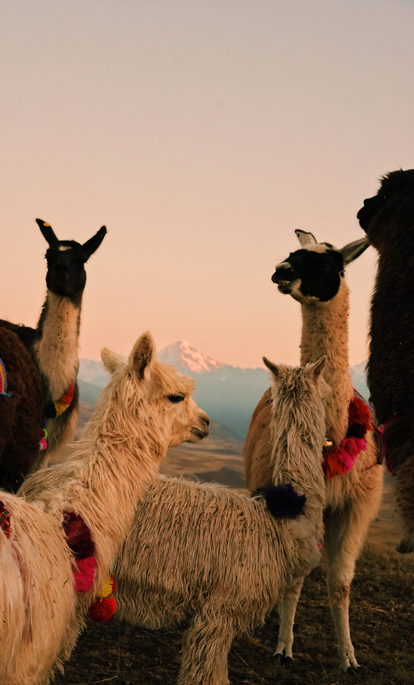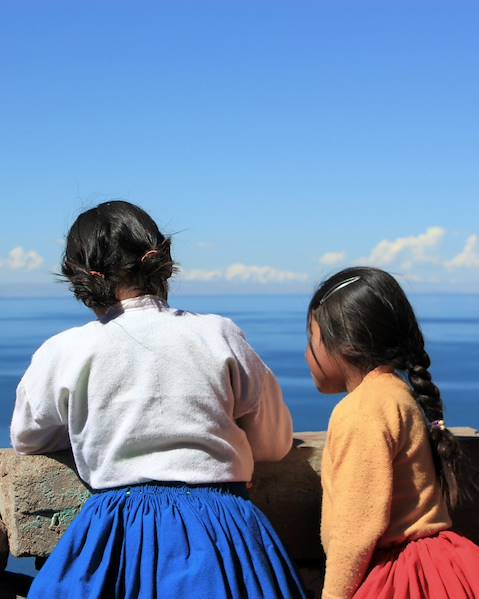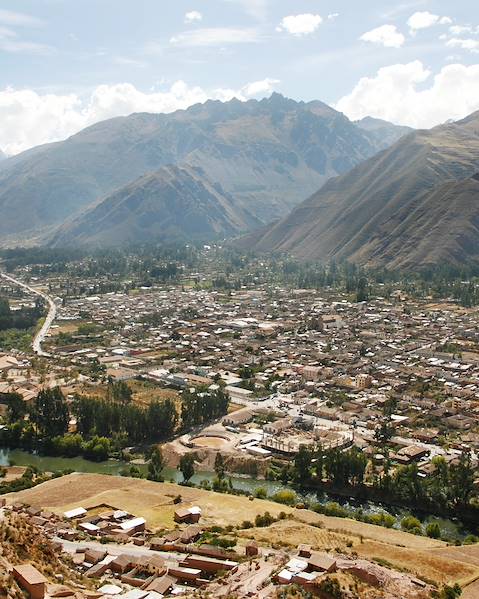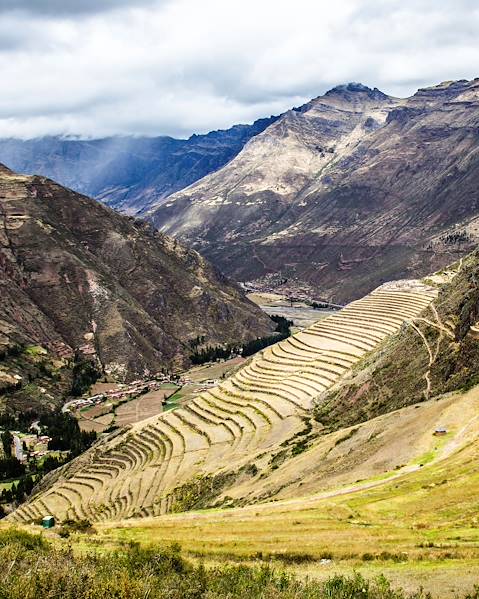In 2019, Architectural Digest published an article on why Peru could be the world’s most sustainable destination. With its majestic expanses of nature, including the Amazon rainforest that covers more than half of the country, Peru is a place where conscientious travel is not something to just think about – it’s a reality. Read on to learn more about sustainability in Peru, and what visitors can do to help.
Peru’s Sustainability Success
What does a sustainable country look like and how do you measure national sustainability anyway? According to the Worldwatch Institute, Peru is the only nation in the world hitting what it calls the ‘sustainability sweet spot’, which it defines as managing high levels for both human development and ecologically sustainable resource consumption. Peru has seen a flurry of expansion in recent years – in part due to the boom in tourism – but the country is taking careful measures to ensure it is done with integrity. This is in line with other initiatives such as restrictions on visiting Machu Picchu to help protect the ancient site from damage caused by foot traffic and off-path exploration.
Deforestation
Despite achieving this high status, sustainability in Peru is not without problems; the main threat to the country’s ecosystem is deforestation. The Amazon covers nearly 60% of Peru’s landscape and is the life force for everything around it. Despite it being protected by government policies and environmental groups, the country is still losing large swaths of forest due to, among other things, agricultural expansion, logging, mining and drilling. In response, the UK, US, Germany and Norway have joined forces with Peru to step up efforts to reduce deforestation in the Peruvian Amazon by as part of a major international climate alliance. In 2021, ministers from these countries signed a Joint Declaration of Intent, demonstrating their support in tackling forest ecosystem loss and degradation, and contributing to the sustainable development of the country.
Sustainable Development in Action
In recent years, jungle tourism has exploded in Peru, making the rainforest more accessible than before with more accommodation in the region than ever. Fortunately, many developers are promoting sustainability in Peru at the same time as introducing protected regions to more travellers. The Peruvian hotel chain Inkaterra has been hailed as a model for the travel industry. Since opening Inkaterra Reserva Amazónica deep in the Amazon rainforest, the company has grown to seven hotels including the serene Machu Picchu Pueblo Hotel and the chic La Casona in the heart of Cusco. All Inkaterra properties are carbon-neutral, and the company runs a ‘not-for-profit’ environmental organisation which actively monitors the Peruvian rainforest. To date, researchers have identified 365 different ant species at Reserva Amazónica, and 747 bird species have been identified on Inkaterra properties across the country, while the Machu Picchu Pueblo Hotel is home to the world’s largest native orchid collection.
Sustainable Stays
Other hotel groups, particularly those operating ecolodges in the Amazon, are following suit. Ecolodges emphasize the importance of reducing environmental impacts and respecting local customs. From construction materials to everyday business operations, eco-friendly accommodations are dedicated to putting sustainability into practice while at the same time giving back to the local indigenous communities. Meanwhile, guests benefit from an enriched experience which increases appreciation for the natural beauty and traditions of the jungle. Visitors also become advocates for raising awareness of the severity of the problems facing the Peruvian Amazon and the people who live there.
High-altitude Accountability
Peru’s commitment to sustainability extends beyond the jungle. In 2012, the Global Sustainable Tourism Council (GSTC) launched its Destination Level Criteria, effectively the global standards for sustainability in travel and tourism. The organisation chose Peru’s Cusco Region, including the Machu Picchu corridor, for its pilot programme to stress-test this approach. The high-altitude area receives roughly 80% of visitors to Peru, and includes the city of Cusco, the Sacred Valley and Machu Picchu, a UNESCO Heritage Site and one of the Wonders of the World. The area also features a collection of Inca ruins and archaeological sites. Celebrated by the GSTC for ‘demonstrating true global leadership’, the region was selected for its positive impact on the environment, the economic and social benefits to communities and the education of visitors and residents, among other criteria.
Individual Action
Sustainable travel can take many forms, ranging from huge global initiatives to small personal decisions. On an individual level, travelling responsibly means being aware of the impacts of tourism and acting to make them positive wherever possible. It’s about choosing where to travel (or not travel); what modes of transport to use; what to pack; where to buy, sleep and eat. There are endless ways visitors to Peru can help minimise the impact of their adventures – the following three are a good place to start.
Buy Local: practice buying Peruvian when in Peru. Try the local cuisine and support independent, local establishments rather than familiar chains, thus putting your money into the community. When shopping for souvenirs, it’s better to take home a genuine memento of the country, handcrafted in the place you visited, rather than a mass-produced item. Just double check that what you’re buying isn’t from a protected place or made from an endangered species.
Stay on Track: from the iconic Inca Trail to the stunning Cordillera Blanca mountain range, Peru offers spectacular trekking opportunities. Stay on marked trails while hiking in the highlands and stick with the guide in the jungle. Try to avoid disturbing the natural environment or interrupting natural behaviour by feeding wild animals.
Recycle and Reuse: plastic waste is a huge problem in Peru. Visitors can help by carrying a reusable water bottle and thinking twice before throwing recyclables away. Each city in Peru has different recycling resources and hotels are well-placed to inform guests about where to deposit empties.
















